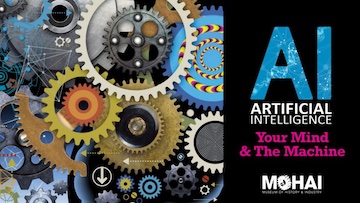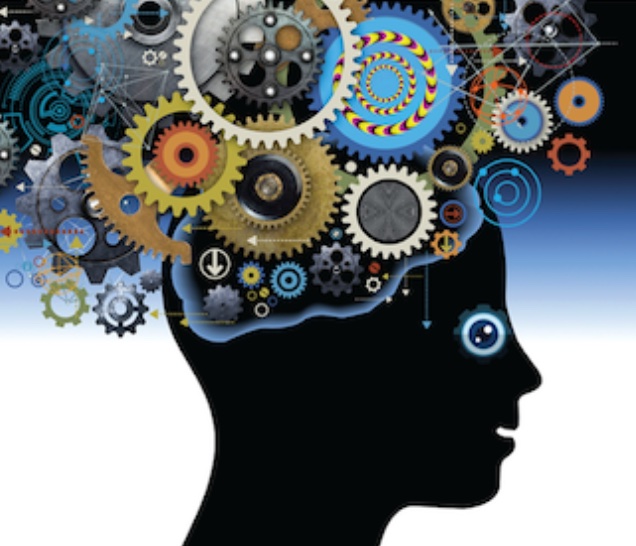Is there any technology today that is more far-reaching and yet more mystifying than Artificial Intelligence? AI is changing the very way we approach science. What we do today, who we are and who we become are mirrored in the AI we are building.
But what does artificial intelligence really mean, where is it going, and how will it affect us?
On the shores of Lake Union, a pop-up fly from the offices where software designers are grappling with the future of AI and machine learning, the Museum of History and Industry, better known as MOHAI, is presenting AI: The Exhibit, a hands-on experience that is bringing the reality of AI directly to the people.
“Artificial Intelligence: Your Mind & The Machine” is designed to give visitors of all ages an up-close look at exactly what thinking machines are . . . and what they might become.
The traveling exhibit that is being hosted in Seattle from October 15 to January 8, 2023 is a multimedia wonderland, overflowing with dozens of interactives, illusions, and videos that make this the perfect exhibit to introduce children and adults to the technology that is making history and changing industry. With a strong focus on tactile interactives including sliders, blocks, cylinders, puzzles, and clipboards, visitors learn how AI programs work while touchscreens allow them to experience how AI learns and behaves.
At the Exhibit, visitors will engage with actual applications and videos that demonstrate AI—and explain how it works—including:
• Deep Learning
• Neural Networks
• Computer Vision
• Pattern Recognition
• Natural Language
• Prediction
• Pattern Matching
• Self Learning
• Self Guidance
• Expert Systems
As if on cue this week, the White House Office of Science and Technology Policy (OSTP) released the Blueprint for an AI Bill of Rights, after gathering input from companies like Microsoft, AI auditing startups, human rights groups, and the general public.
Coming from the White House, this blueprint for AI rights is primarily aimed at the federal government. It recognizes that it can only influence how algorithms are used if it steers how government agencies acquire and deploy AI technology, and helps parents, workers, policymakers, and designers ask tough questions about AI systems. It has little power over the large tech companies that arguably have the most sway in shaping the deployment of machine learning and AI technology. The limited bite of the White House’s AI Bill of Rights stands in contrast to more toothy AI regulation currently under development in the European Union.
Annette Zimmermann, who researches AI, justice, and moral philosophy at the University of Wisconsin-Madison, says she’s impressed with the five focal points chosen for the AI Bill of Rights, and that it has the potential to push AI policy and regulation in the right direction over time.
Author Flynn Coleman, whose seminal work, A Human Algorithm, underscores the enormous responsibility incumbent upon us to design and implement an ethical framework for “”synthetic intelligence” was interviewed by Seattle24x7 on its release. Flynn believes we need to teach AI to be “moral machines,” value-driven and self-motivated when it comes to human and robot rights.
“What if I told you that in the future, the single most important thing we can do to safeguard humanity will be to teach concepts of rights and values to machines, that the key to decoding this most ancient idea of human rights will be found in the way we choose to develop artificial intelligence or AI, and that the time to do this is now?” Flynn asks.
We owe it to our children and to future generations to light the path that begins today in our dynamic tech community. And now the spark for that light can be found inside the Seattle museum whose last two letters signal our hope for the future: A.I. — MOHAI! [24×7]




















